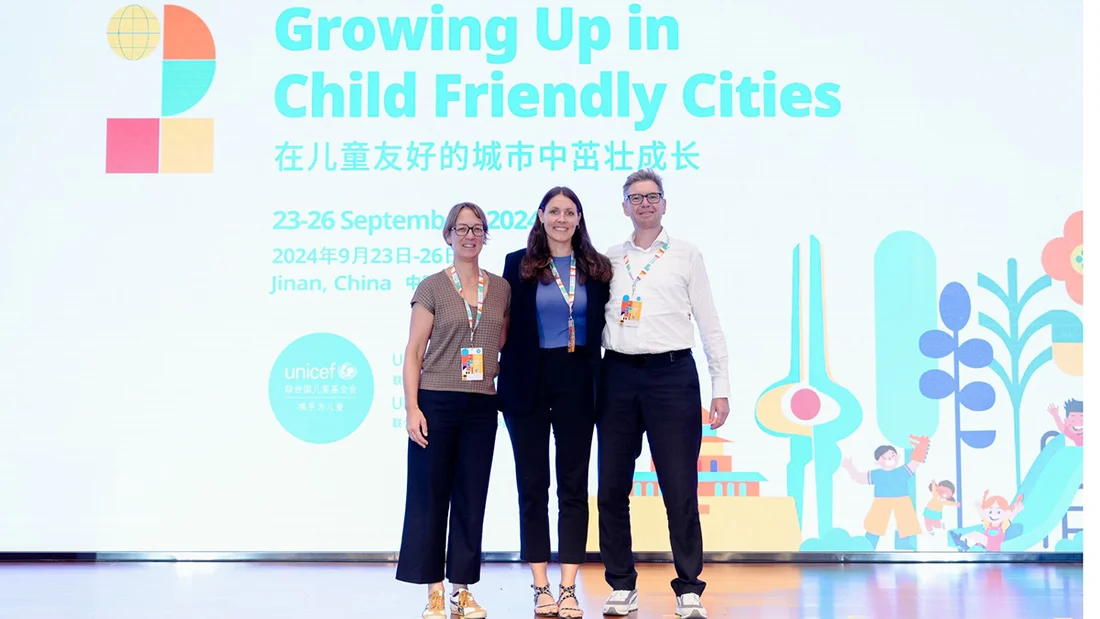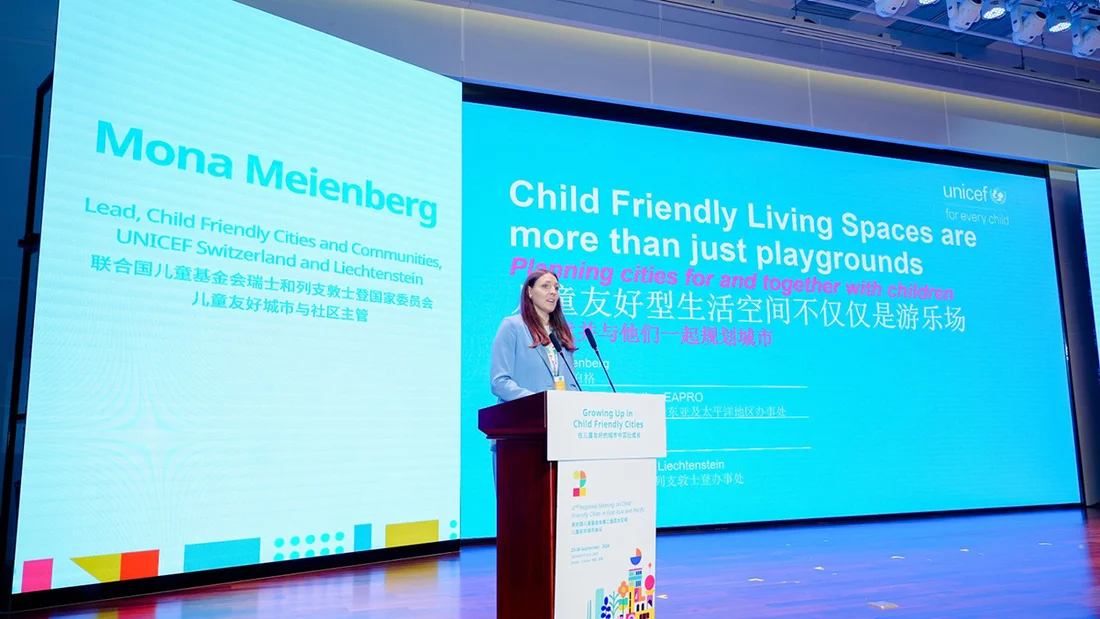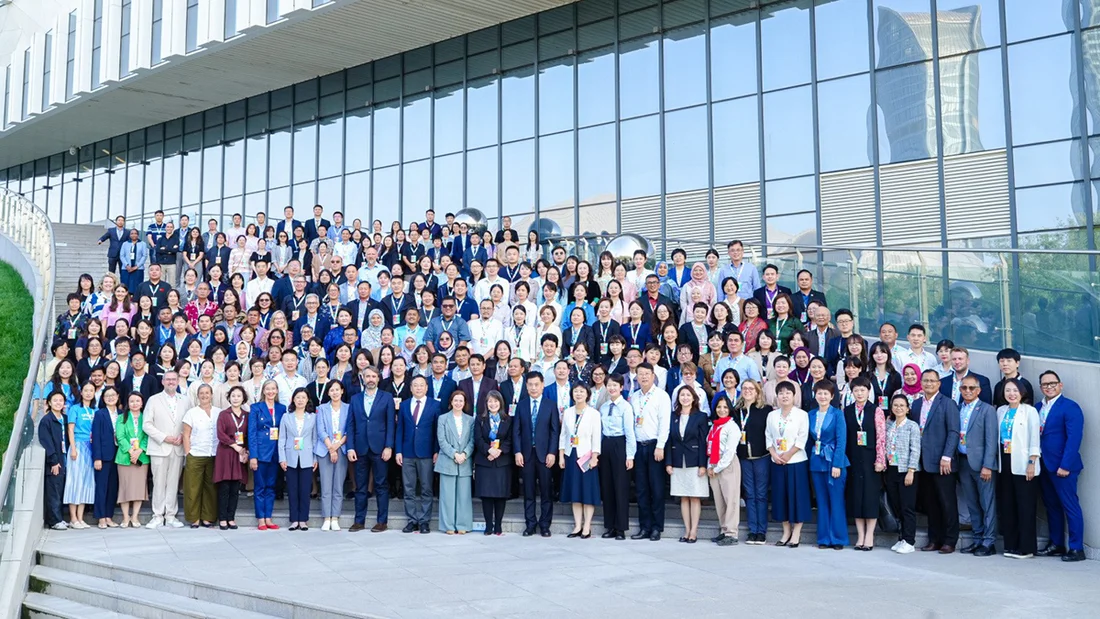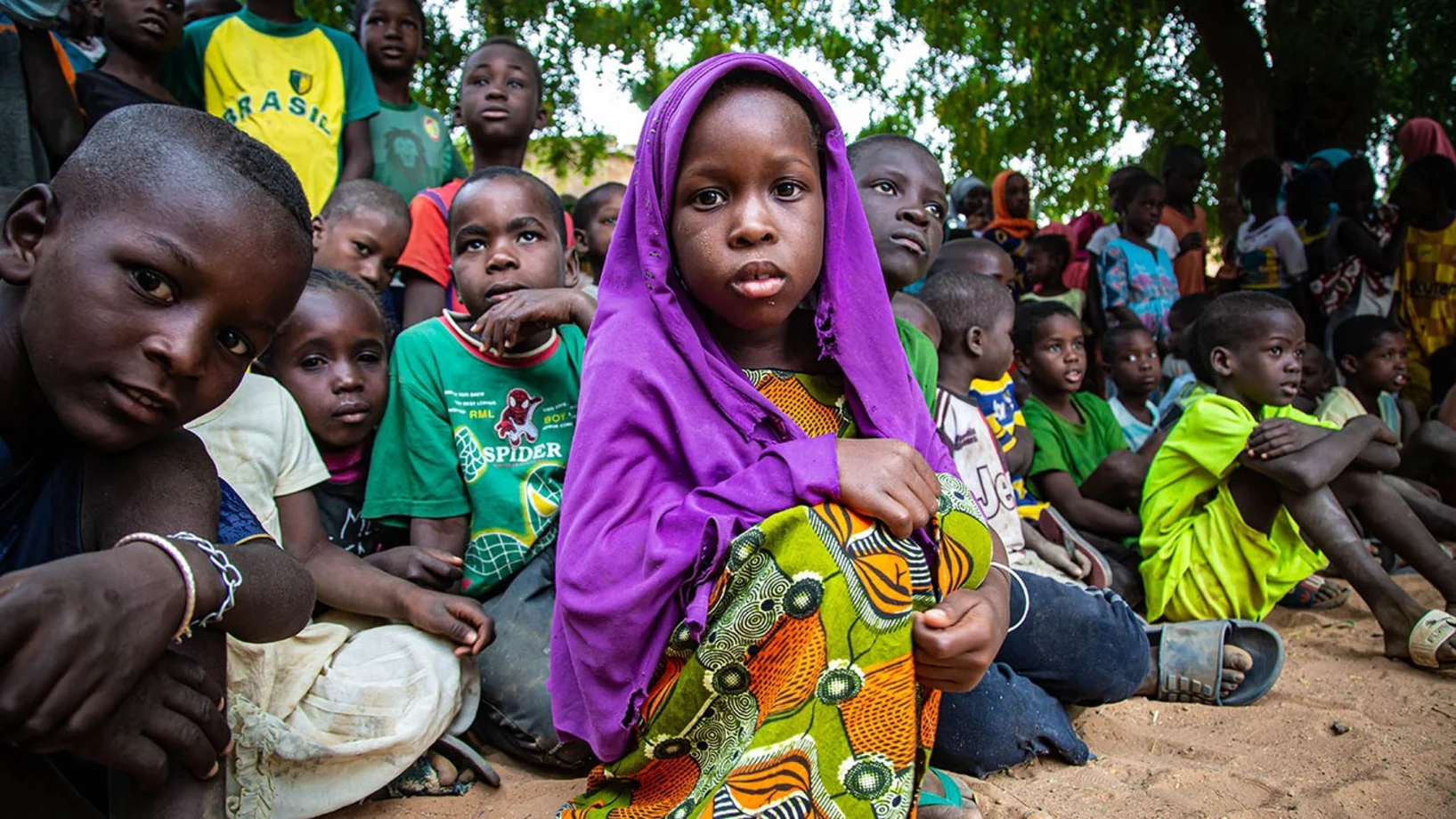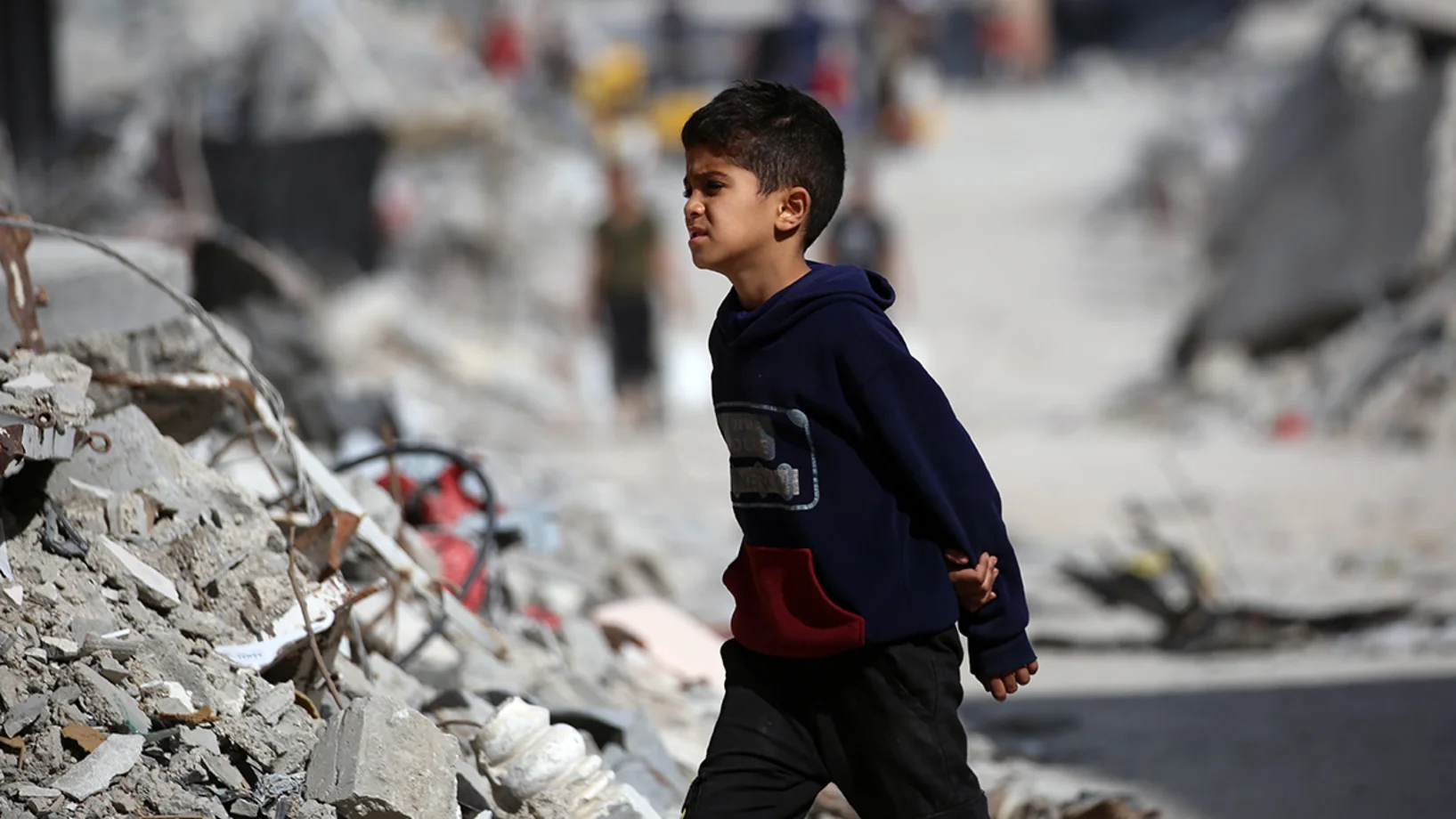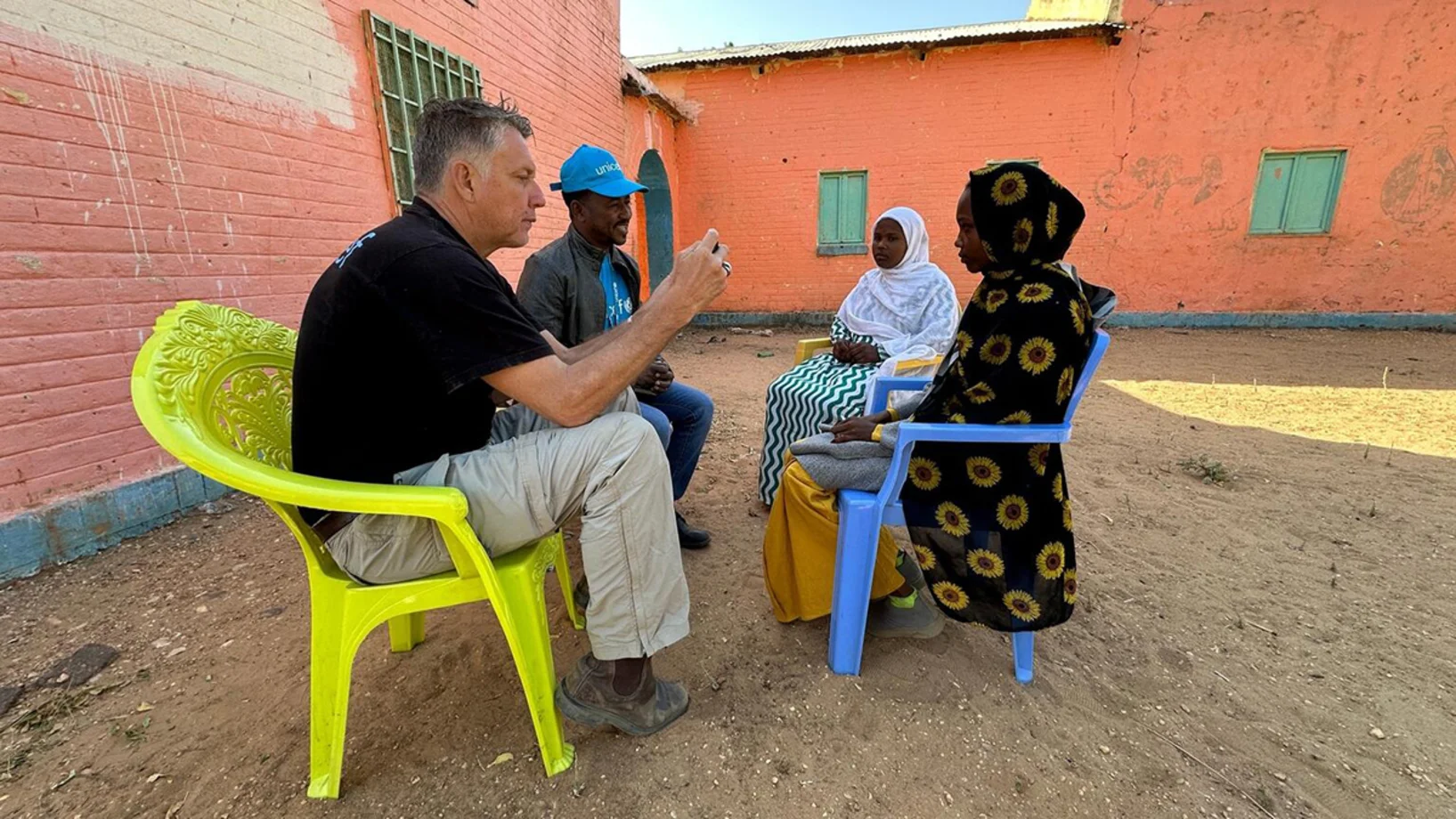Between September 23 and 26, over 300 representatives from ‘Child Friendly Cities’ (CFC) and various UNICEF representatives met in Jinan, China for the second regional meeting between Asian and European cities. The participants from 18 countries spent four days discussing how the UNICEF initiative can be successfully implemented in different national and municipal contexts and exchanging good practice examples.
UNICEF Switzerland and Liechtenstein followed the invitation from UNICEF's East Asia and Pacific Regional Office (EAPRO), together with the two Swiss ‘Child Friendly Cities of Baden and Lucerne, and actively participated in the conference. Barbara Käser, Programme Manager Child- and Family-Friendly City of Baden, spoke about the importance of child-friendly governance and the inclusion of children and young people. She referred to the youth parliament founded in 2021 and the implementing child-friendliness as a cross-sectional task throughout the entire administration. Roger Häfeli, Head of Child and Youth Development at the City of Lucerne, presented the City of Lucerne's participatory planning process guidelines as part of a panel on urban planning, play and leisure. In addition to the active involvement of children and young people, he emphasised the importance of child-friendly traffic spaces so that children and young people can move around independently and safely in public spaces.
In addition to the topics mentioned above, the topics of data, budget allocation, child and youth participation, social services and climate were also discussed.
Mona Meienberg, Head of Child-Friendly Community and City Development at UNICEF Switzerland and Liechtenstein, explained in her presentation on urban planning that child-friendly living spaces are more than just playgrounds. She emphasised the importance of actively involving children and young people in community and urban development processes in order to achieve better results for everyone. Special attention must be paid to marginalised children and young people and it must be ensured that all children have access to high-quality structures and services at all times, such as safe pedestrian and cycle paths, indoor and outdoor areas and public spaces.
